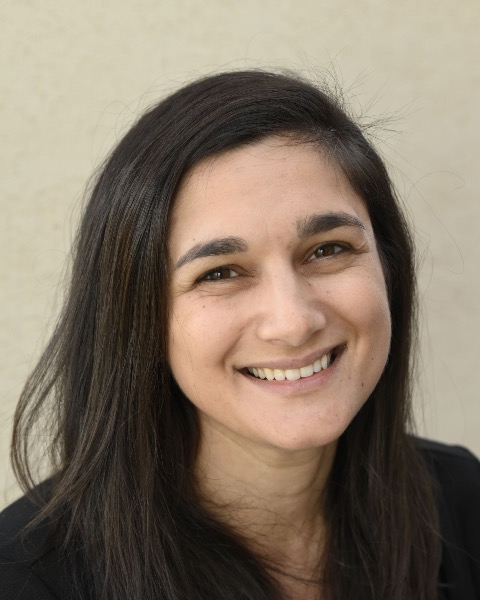Ultrasound/Imaging
Poster Session 4
(1102) Prenatal Mobile Self-Operated Home Ultrasound Service Impact on Birth Outcomes

Anat Pardo, MD (she/her/hers)
OB/Gyn Specialist
Helen Schneider Hospital for Women, Rabin Medical Center, Petach-Tikva
Ramat Hasharon, Israel- EK
Emilie Klochendler Frishman, MD
Helen Schneider Hospital for Women, Rabin Medical Center
Petach Tikwa, HaMerkaz, Israel .jpg)
Rachel Gomez-Tolub, MD
Helen Schneider Hospital for Women, Rabin Medical Center
Petach Tikwa, HaMerkaz, Israel- MP
Monica Pailis, MD
Helen Schneider Hospital for Women, Rabin Medical Center
Petach Tikwa, HaMerkaz, Israel 
Or Lee Rak, MD (she/her/hers)
Helen Schneider Hospital for Women, Rabin Medical Center
Ramat Hasharon, HaMerkaz, Israel- OS
Ofri Samueloff, MD
Helen Schneider Hospital for Women, Rabin Medical Center
Petach Tikwa, HaMerkaz, Israel - SB
Shiri Barbash Hazan, MD
Helen Schneider Hospital for Women, Rabin Medical Center
Petach-Tikva, HaMerkaz, Israel - AW
Arnon Wiznitzer, MD
Chairman - Women’s Hospital - Beilinson and Hasharon
Helen Schneider Hospital for Women, Rabin Medical Center
Petach Tikwa, HaMerkaz, Israel - AW
Asnat Walfisch, MD
Hadassah Mount Scopus
Petach-Tikva, Israel, Israel - EH
Eran Hadar, Prof.
Rabin Medical Center
Petach-Tikva, HaMerkaz, Israel
Primary & Presenting Author(s)
Coauthor(s)
A leading HMO (Clalit Health Services, Israel) launched a home-ultrasound service (Pulsenmore’s Ltd.) enabling parturients to perform a basic sonographic assessment and to have it interpreted by a clinician via asynchronous teleconsultation.
Our aim was to examine whether the use of the device and its adjunct medical service can enhance pregnancy outcomes
Study Design: Retrospective cohort study between 2021 and 2023, comparing 4,460 women using Clalit’s home ultrasound service with a control group of 102,707 pregnant women with an equal HMO status, who did not obtain this service. Demographic characteristics, obstetrical and neonatal outcomes were compared between the groups
Results: Compared to the control group, women in the study group were older, more likely to be primiparous, had higher incidence of chronic illness, were more often considered to be at high risk pregnancy and were of higher socio-economic score as presented in the univariate analysis (Table 1). Body mass index (BMI) did not differ between the groups, although more women in the study group had a normal BMI category. Univariate analysis demonstrated no significant difference in early preterm birth (PTB < 32 and < 34 weeks gestation) and high risk for PTB< 37 weeks gestation (p< 0.0007). However, multivariate analysis adjusted by age, BMI, parity, socio economic score, and chronic illness demonstrated lower risk of PTB in the study group compared to controls at < 37, 34 and 32 gestational weeks (adjusted OR 0.51, 95% CI 0.42-0.63 aOR 0.46, 95% CI 0.30-0.69, aOR 0.47, 95% CI 0.26-0.84, respectively) as well as lower risk of small gestational age neonates (aOR 0.64, 95% CI 0.49-0.83), birthweight < 2500g (aOR 0.49, 95% CI 0.40-0.59) and < 1500g (aOR 0.38, 95% CI 0.20-0.74)
Conclusion: Prenatal mobile self-operated home ultrasound may provide a feasible solution for remote fetal surveillance. In a large-scale utilization, the service may potentially reduce the risk for adverse pregnancy outcomes

